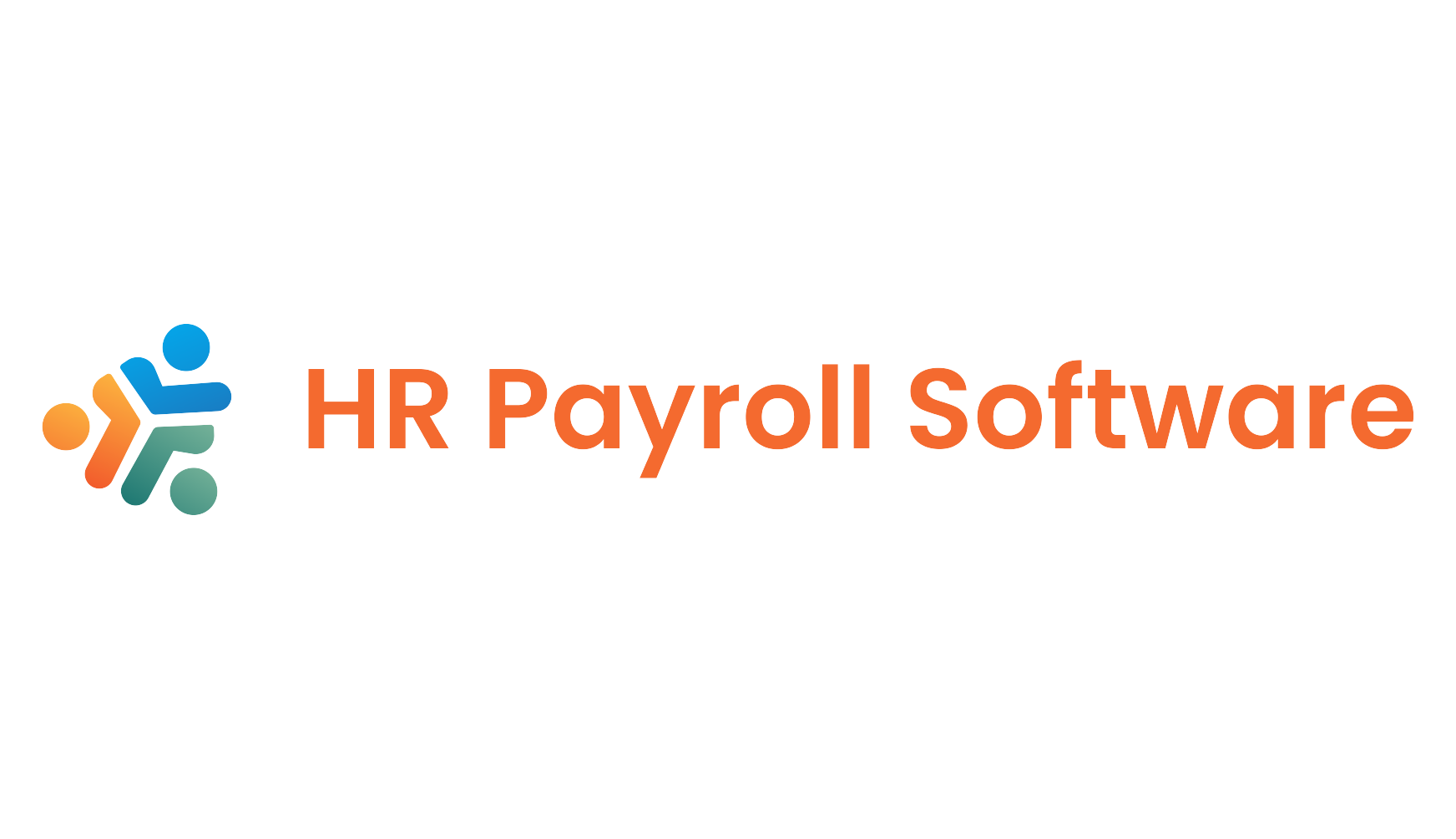
For businesses engaged in the movement of goods in India, understanding and efficiently generating E-Way Bills is crucial. E-Way Bills, introduced under the Goods and Services Tax (GST) regime, serve as digital documentation for the transportation of goods, promoting transparency and compliance. In this blog, we will walk you through the step-by-step process of generating E-Way Bills, making the task accessible for businesses across the country.
What is an E-Way Bill and Why is it Important? An E-Way Bill is an electronic document required for the movement of goods valued at more than INR 50,000 within India. It contains crucial information such as the consignment details, type of goods, quantity, and the destination. E-Way Bills are essential for several reasons:
- Regulatory Compliance: Businesses are legally obligated to generate E-Way Bills for the transportation of goods to comply with GST regulations.
- Transparency in Transactions: E-Way Bills ensure transparency by providing a standardized digital documentation process for goods transportation.
- Real-Time Monitoring: Authorities can monitor the movement of goods in real-time, reducing the chances of tax evasion or unauthorized activities.
- Facilitating Interstate Movement: E-Way Bills simplify the movement of goods across state borders, streamlining the process for businesses.
Step-by-Step Guide: How to Generate E-Way Bills
1. Log in to the E-Way Bill Portal: Visit the official E-Way Bill portal (https://ewaybillgst.gov.in/) and log in using your credentials.
2. Enter Shipment Details: Provide necessary details such as the invoice number, date, and the GSTINs of the recipient and supplier.
3. Add Item Details: Specify the particulars of the goods being transported, including their description, quantity, and value.
4. Choose Transport Document: Select the mode of transportation and input relevant document details like the vehicle number or transport document number.
5. Verify Information: Review all entered details to ensure accuracy and adherence to the specified guidelines.
6. Generate E-Way Bill: Click on the ‘Generate EWB’ button to create the E-Way Bill after confirming the accuracy of the provided information.
7. Save and Print E-Way Bill: Save a copy of the generated E-Way Bill and print it. This document should accompany the goods during transportation.
8. Dispatch with E-Way Bill: Ensure the generated E-Way Bill travels with the goods as it serves as digital documentation for the consignment.
Common Terms Related to E-Way Bills:
- Consignor: The person who dispatches the goods is known as the consignor.
- Consignee: The person to whom the goods are consigned is referred to as the consignee.
- Transporter: The individual or company responsible for transporting the goods.
- Validity Period: E-Way Bills have a specified validity period based on the distance to be covered, beyond which a new E-Way Bill is required.
Tips for a Smooth E-Way Bill Generation:
- Keep Information Handy: Have all relevant information, such as GSTINs, invoice details, and transport document numbers, readily available.
- Ensure Accuracy: Double-check all entered details to prevent errors and discrepancies in the E-Way Bill.
- Be Aware of Validity Period: Understand the validity period of the E-Way Bill based on the distance to be covered.
- Stay Informed: Keep abreast of any updates or changes in E-Way Bill regulations to ensure compliance.



[…] Step-by-Step Guide: When and How to Generate E-Way Bills […]